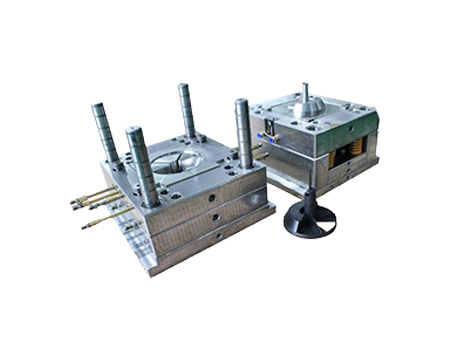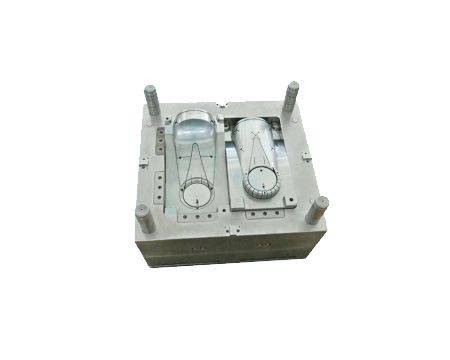- Categories:Company News
- Author:
- Origin:
- Time of issue:2020-12-22
- Views:0
(Summary description)What are the differences between precision molds and ordinary molds?
Now we first understand the six characteristics of precision mold forming:
1. The dimensional accuracy of the product is high, and the tolerance is small, that is, there is a high-precision dimensional boundary;
Second, the repeatability of the product is required to be high, and the dimensional stability of the day, month, and year is required;
3. The material of the mold is good, the rigidity is sufficient, the dimensional accuracy of the cavity, the smoothness and the positioning accuracy between the templates are high;
Fourth, use precision injection molding machines to replace conventional injection molding machines;
5. Adopt precision molding technology;
6. Choose materials suitable for precision molding.
Secondly, the drawings must be comprehensive, complete and accurate, use inserts as much as possible, consider processing, and rely on the machine to ensure the dimensions as much as possible. Strict design tolerances, not only the working part of the cavity and core, but also the relevant dimensions of the installation position of all inserts must be strictly limited. Generally controlled at +/-0.005
(Summary description)What are the differences between precision molds and ordinary molds?
Now we first understand the six characteristics of precision mold forming:
1. The dimensional accuracy of the product is high, and the tolerance is small, that is, there is a high-precision dimensional boundary;
Second, the repeatability of the product is required to be high, and the dimensional stability of the day, month, and year is required;
3. The material of the mold is good, the rigidity is sufficient, the dimensional accuracy of the cavity, the smoothness and the positioning accuracy between the templates are high;
Fourth, use precision injection molding machines to replace conventional injection molding machines;
5. Adopt precision molding technology;
6. Choose materials suitable for precision molding.
Secondly, the drawings must be comprehensive, complete and accurate, use inserts as much as possible, consider processing, and rely on the machine to ensure the dimensions as much as possible. Strict design tolerances, not only the working part of the cavity and core, but also the relevant dimensions of the installation position of all inserts must be strictly limited. Generally controlled at +/-0.005
- Categories:Company News
- Author:
- Origin:
- Time of issue:2020-12-22
- Views:0
What are the differences between precision molds and ordinary molds?
Now we first understand the six characteristics of precision mold forming:
1. The dimensional accuracy of the product is high, and the tolerance is small, that is, there is a high-precision dimensional boundary;
Second, the repeatability of the product is required to be high, and the dimensional stability of the day, month, and year is required;
3. The material of the mold is good, the rigidity is sufficient, the dimensional accuracy of the cavity, the smoothness and the positioning accuracy between the templates are high;
Fourth, use precision injection molding machines to replace conventional injection molding machines;
5. Adopt precision molding technology;
6. Choose materials suitable for precision molding.
Secondly, the drawings must be comprehensive, complete and accurate, use inserts as much as possible, consider processing, and rely on the machine to ensure the dimensions as much as possible. Strict design tolerances, not only the working part of the cavity and core, but also the relevant dimensions of the installation position of all inserts must be strictly limited. Generally controlled at +/-0.005










